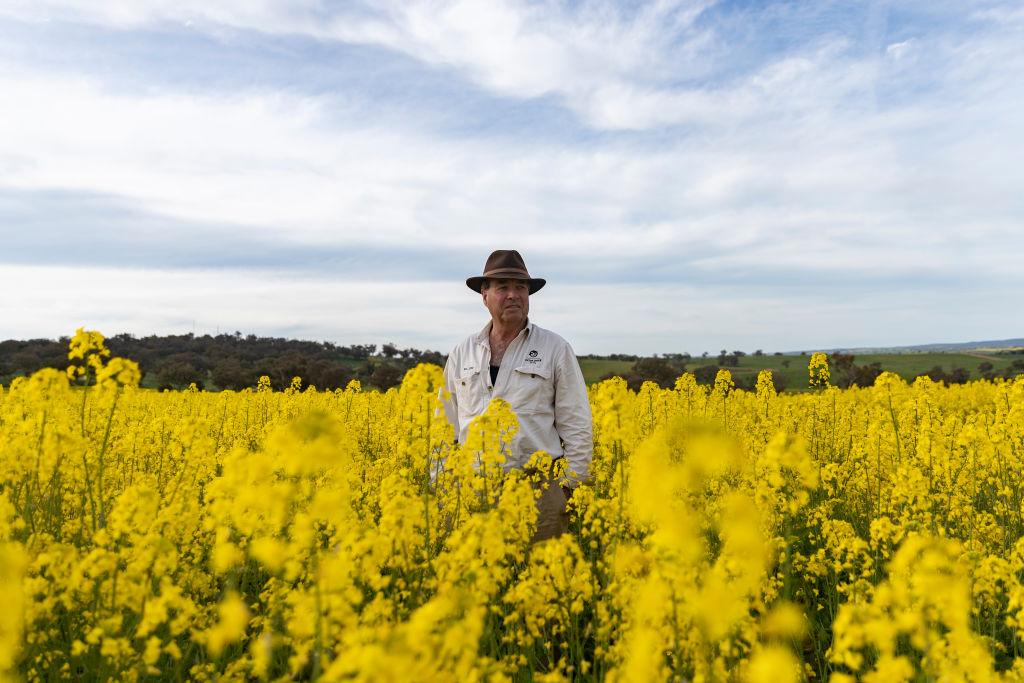Australia’s winter crop production has increased by 89 percent to 55.2 million tonnes and is expected to be the second biggest harvest on record.
Wheat production is estimated to have increased by 120 percent to 33.3million tonnes, while barely is up 45 percent to 13.1 million tonnes and canola production rose by 74 per cent to 4.1 million tonnes.





